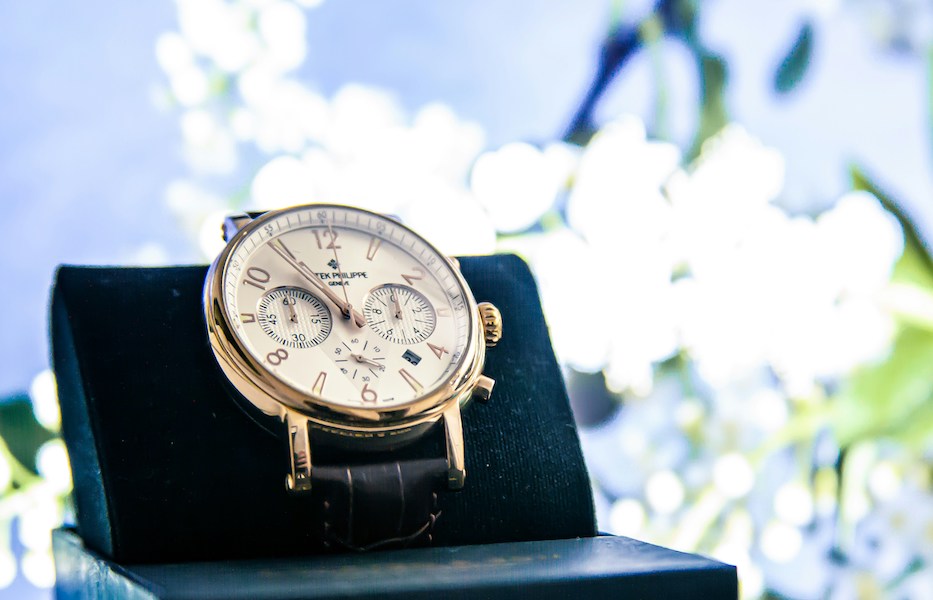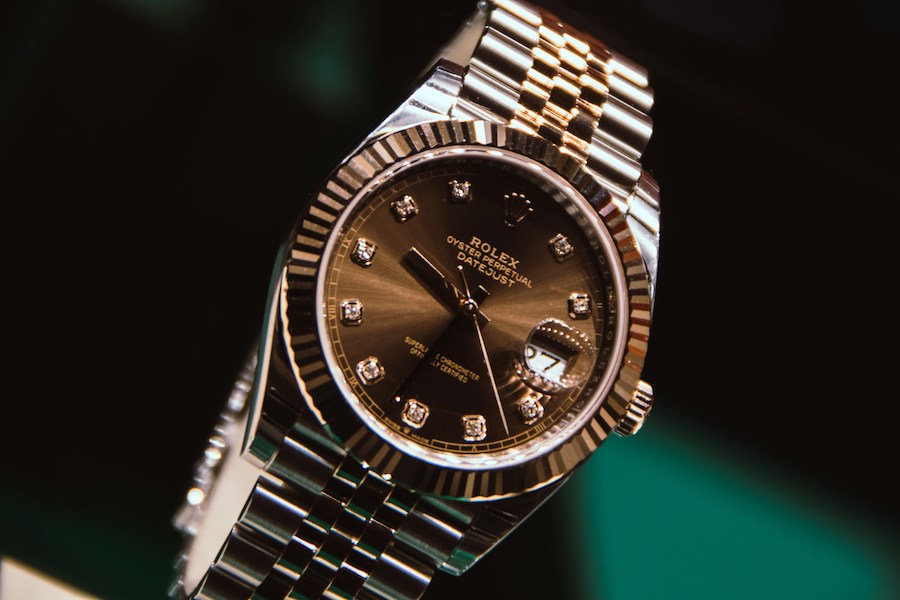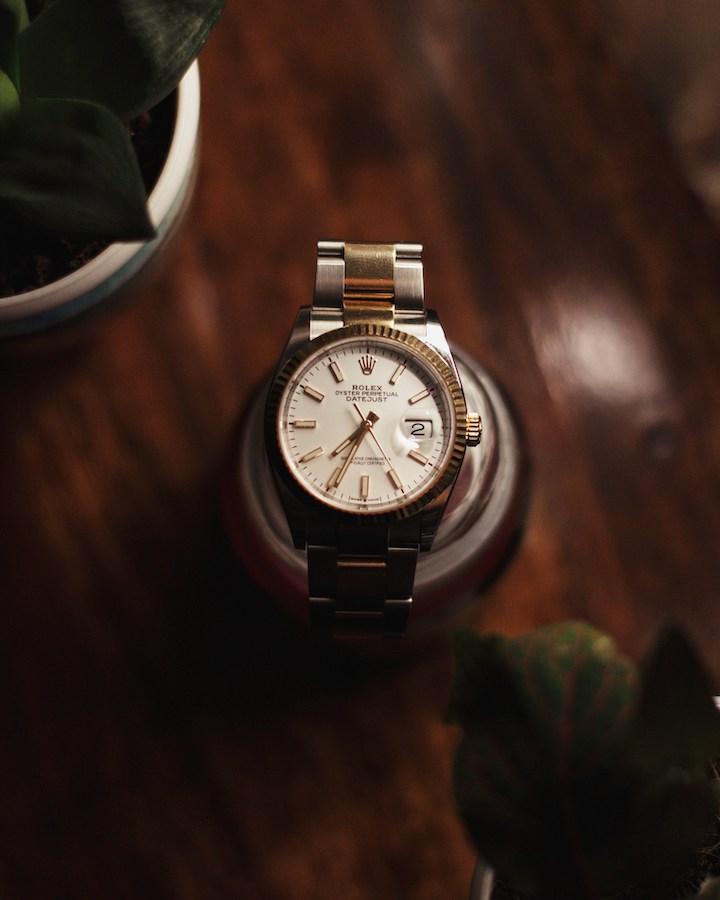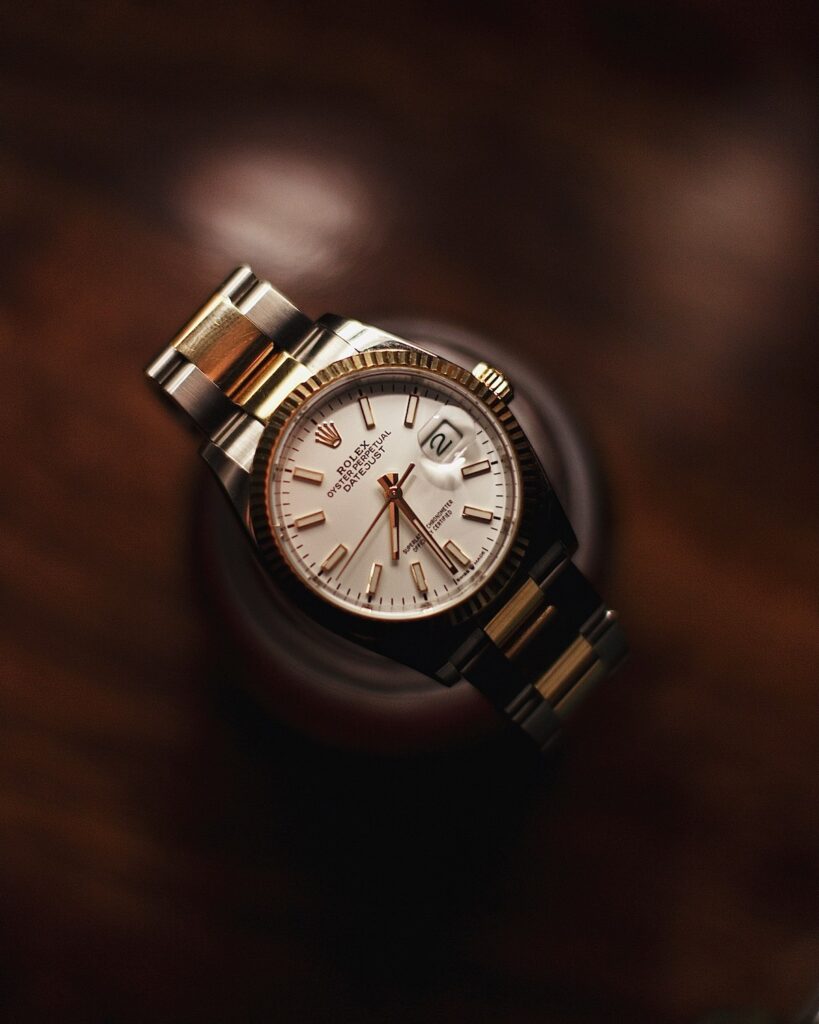Luxury watches do more than measure time; they chronicle human achievement, represent wearable works of art, and act as discreet stores of value. Each calibre echoes centuries of incremental innovation, while every hand-finished bevel pays tribute to artisans who keep traditional skills alive. Selecting or collecting a fine watch involves appreciating history, understanding engineering, and—most importantly—connecting emotionally with a design. This comprehensive exploration of luxury watches covers their origins, the evolution of watchmaking techniques, the industry’s most coveted brands, practical buying strategies, and proven methods for preserving both mechanical integrity and financial worth.
The History and Evolution of Luxury Watches
Luxury timepieces trace back to the first portable clocks. In 16th-century Europe, clockmakers created “Nuremberg eggs” – miniature spring-driven clocks worn on the body. These early watches were novelties with only one hand and very limited accuracy. By the late 17th century, Christiaan Huygens’ invention of the balance spring (1675) greatly improved timekeeping, enabling reliable pocket watches by the mid-18th century. For decades, watchmaking flourished in Swiss centers like Geneva, La Chaux-de-Fonds, and the Vallée de Joux. For example, Antoine Patek and Adrien Philippe introduced a keyless winding system in 1845, simplifying user winding.
In the early 20th century, Cartier’s Santos (1904) helped popularize the wristwatch. Louis Cartier designed this model for aviator Alberto Santos-Dumont, enabling pilots to read time mid-flight. Rolex then introduced the Oyster (1926), the world’s first waterproof case, and in 1931 patented the first Perpetual self-winding rotor. World events accelerated change: soldiers in World War I found wrist-watches far more practical than pocket watches, cementing the bracelet-watch as the norm. By mid-century, the wristwatch was fully established both as a utilitarian instrument and as a luxury accessory.
The Art of Watchmaking: Craftsmanship and Innovation
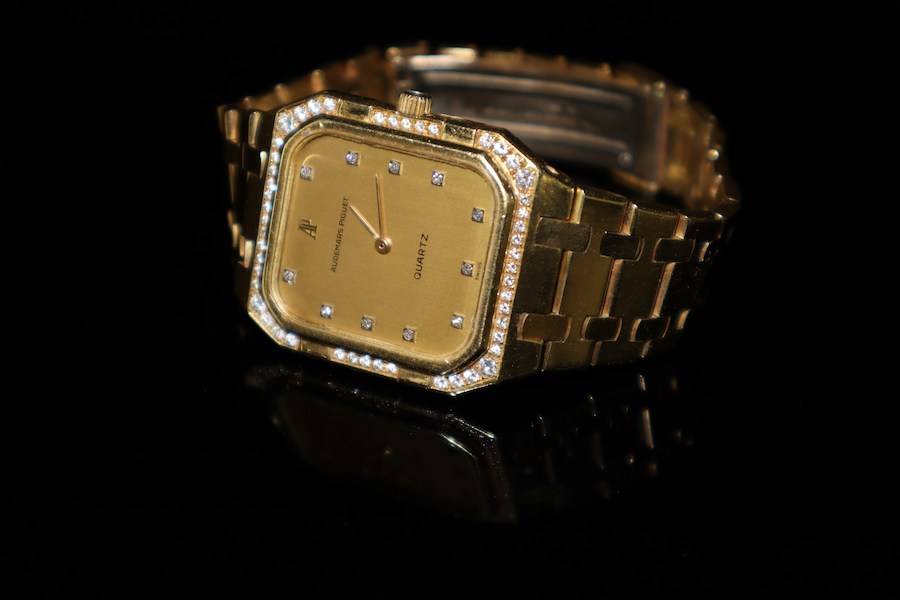
Creating a high-end watch movement remains an extraordinary feat of engineering and artistry. Master watchmakers often spend months or years developing a single complication, using both modern CNC milling and traditional hand tools. Components are cut to tolerances of microns, then hand-finished for beauty and reliability. Surfaces may receive Côtes de Genève (Geneva stripes), perlage, or chamfered bevels—techniques that serve not only to dazzle the eye but also to trap micro-dust and retain lubricants. Even blued steel screws require hours under flame to achieve their signature color. These old-world skills are supported by state-of-the-art design: some studios use 3D printing to prototype parts, but final production is strictly controlled for quality.
At the same time, technical innovation has pushed watchmaking forward. Silicon is now used in escapement parts (first popularized by Ulysse Nardin’s Freak) because it is impervious to magnetism and needs no oil. Carbon and ceramic composites (as in Richard Mille watches) let cases and movements weigh mere grams—for example, Richard Mille’s RM 50-03 split-second chronograph (2017) weighed only 40 grams. Unbreakable sapphire cases and transparent backs showcase skeletonized movements, blurring the line between technical instrument and kinetic sculpture. Together, centuries-old craftsmanship and cutting-edge materials keep high-end watchmaking both timeless and ever-evolving.
Iconic Brands and Their Signature Timepieces
The prestige hierarchy in horology largely stems from historical breakthroughs and sustained design language:
- Rolex Submariner – The benchmark dive watch (launched 1953) known for its waterproof Oyster case and timeless design.
- Patek Philippe Nautilus – Gérald Genta’s 1976 steel sports watch, with its porthole bezel, became a cult classic for refined sportiness.
- Audemars Piguet Royal Oak – Introduced in 1972, it revolutionized watchmaking with an octagonal bezel and integrated bracelet, melding avant-garde aesthetics and fine finishing.
- Vacheron Constantin Overseas – A luxurious travel watch combining sporty elegance and the Geneva Seal’s hallmark finishing.
- Omega Speedmaster – The “Moonwatch,” flight-qualified by NASA in 1965 for its robustness and association with space exploration.
- Jaeger-LeCoultre Reverso – The 1931 Art Deco rectangular watch with a swiveling case, designed for polo players.
- F.P. Journe Chronomètre Bleu – A modern independent watchmaking icon with a deep blue dial and exotic rose-gold movement, exemplifying rarity and craftsmanship.
In each case above, the brand name links to its official site for more history and product details. These models showcase how leading maisons blend technical prowess with distinctive design.
Choosing the Perfect Luxury Watch
Selecting a luxury watch involves personal style, technical preference, and lifestyle. Consider the occasion and style first. A classic dress watch (thin case, simple dial) complements formal attire, while a rugged diver or pilot’s watch suits casual and outdoor use. As Claille advises in Suit Supremacy, “minimalism reigns” for formal wear—one quality timepiece is enough to complete a sharp suit.
Key factors include:
- Movement & Complications: Do you prefer an automatic (self-winding) or the precision of a quartz? Mechanical enthusiasts may value chronographs, moon phases, or tourbillons, while others may choose a simple three-hand or solar-powered model.
- Materials: Cases and bracelets come in stainless steel, gold, titanium, or ceramic. Sapphire crystal for the dial cover is scratch-resistant, and exhibition casebacks display the movement.
- Size & Fit: The case diameter (36–44 mm) should suit your wrist; try on different watches in person if possible.
- Heritage & Certification: The COSC certifies movements for high precision; the Geneva Seal guarantees top-notch finishing and provenance.
- Budget & Value: Decide on new vs. pre-owned. Vintage or limited-edition models can be collectible but cost more; certified pre-owned programs help mitigate risk.
Balance your aesthetic taste with practical needs. A luxury watch can be a statement of personal style, a conversation starter, and an asset that carries legacy value.
Investing in Luxury Watches
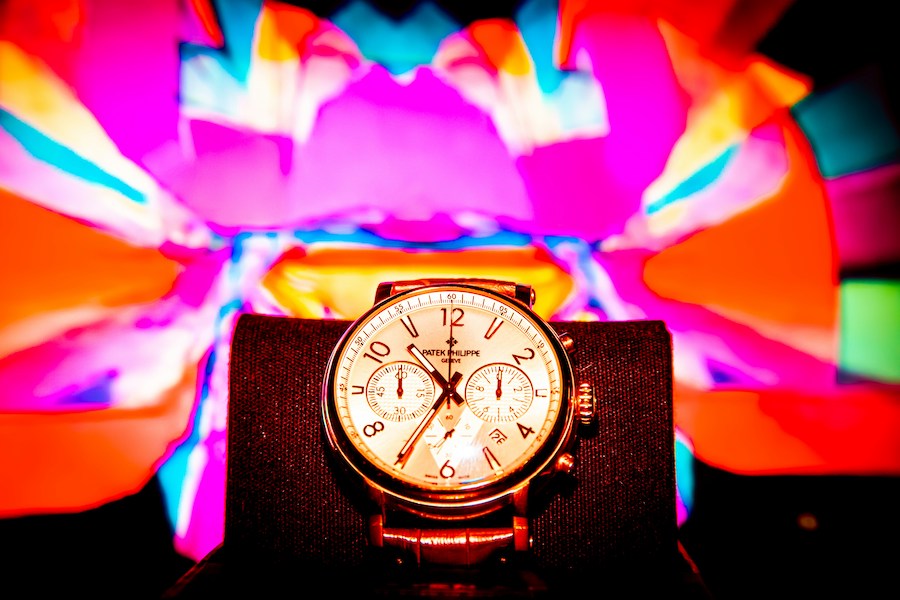
For many collectors, luxury watches are alternative investments. Auction houses like Phillips, Christie’s and Antiquorum regularly set records for rare watches. For example, a Rolex “Paul Newman” Daytona famously fetched ~$17.8 million in 2017 (at a Phillips auction), the highest price paid for any wristwatch to date.
Key trends in watch investing include:
- Limited Editions: Rare, low-production models can skyrocket. Case in point: the Omega “Silver Snoopy” Speedmaster (2015, 1,970 pieces) started at $7,350 retail and reached about $48,000 on the secondary market by 2022—an increase of roughly 550% (Chrono24).
- Iconic Classics: Heritage models like the Patek Philippe Nautilus 5711, Rolex GMT-Master, or vintage Cartier Tank often see steady demand.
- Independent & Complicated Pieces: High-complication watches by brands like F.P. Journe or Greubel Forsey can appreciate due to artisanal scarcity.
Investing carries risk, but proof of provenance and official certificates help maintain value. Trusted marketplaces like Chrono24 and WatchBox make buying and selling transparent.
The Future of Luxury Watches
Looking ahead, tradition and innovation continue to converge:
- Eco-friendly Materials: Some brands use Fairmined gold or Citizen’s Eco-Drive solar technology.
- Digital & Smart Integration: NFC, Bluetooth, and even e-ink displays add utility without sacrificing analog styling.
- Younger Collectors & Market Growth: Millennials and Gen Z embrace pre-owned, AR try-ons, and NFT-backed authenticity.
- Service & Legacy: Extended warranties and bespoke engraving build long-term collector trust.
Luxury watches will remain symbols of craftsmanship and status as sustainable practices and digital tools advance.
Conclusion: A Timeless Investment in Craftsmanship and Style
Luxury watches stand at the intersection of technology, artistry, and timeless style. From the very first Nuremberg eggs to today’s carbon-fiber marvels (Gear Patrol), they chart a journey of human ingenuity. Iconic models from Rolex to Patek Philippe demonstrate how design and innovation endure. For the affluent collector, a finely crafted timepiece is both a statement of elegance and an investment-grade heirloom. Whether chosen for beauty, history, or value, a great watch is a timeless investment in craftsmanship and style.
